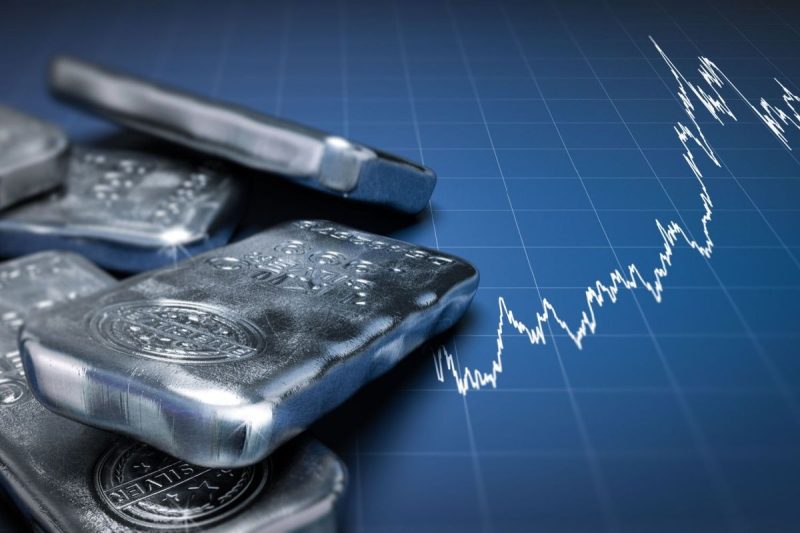Investing in Silver: A Guide for 2024 and Beyond
When it comes to investing, silver has always been a popular choice for many investors. Considered a safe haven asset, silver offers a unique combination of characteristics that make it an attractive option for those looking to diversify their investment portfolio. In this guide, we will explore how you can invest in silver in 2024 and beyond, taking into account the latest market trends and strategies.
1. Understanding the Silver Market
Before delving into how to invest in silver, it is important to have a basic understanding of the silver market. Silver is a precious metal that is used in various industries, including electronics, jewelry, and photography. It is also considered a form of currency and a store of value, much like gold. The price of silver is influenced by factors such as supply and demand, geopolitical events, and economic indicators.
2. Different Ways to Invest in Silver
There are several ways to invest in silver, each with its own set of advantages and considerations. Some common methods include:
– Physical Silver: One of the most straightforward ways to invest in silver is by purchasing physical silver in the form of coins, bars, or rounds. Investors can choose to hold the silver themselves or store it in a secure facility.
– Silver ETFs: Another popular way to invest in silver is through exchange-traded funds (ETFs) that track the price of silver. This can be a convenient option for investors looking for exposure to the silver market without the hassle of owning physical silver.
– Silver Mining Stocks: Investing in silver mining stocks can provide investors with indirect exposure to the silver market. These stocks are influenced by factors such as production costs, exploration success, and metal prices.
3. Factors to Consider When Investing in Silver
When investing in silver, there are several factors to consider to make informed decisions. Some key considerations include:
– Market Trends: Stay informed about the latest market trends and developments that could impact the price of silver. This includes monitoring factors such as global demand, geopolitical events, and inflation.
– Diversification: Silver can be a valuable addition to a diversified investment portfolio. By including silver in your portfolio, you can potentially reduce risk and volatility, especially during times of economic uncertainty.
– Risk Management: Like any investment, investing in silver carries certain risks. It is important to assess your risk tolerance and investment goals before deciding how much silver to include in your portfolio.
4. Strategies for Investing in Silver
There are several strategies that investors can employ when investing in silver to maximize their returns and manage risk. Some common strategies include:
– Dollar-Cost Averaging: Investing a fixed amount in silver at regular intervals can help average out the price of silver over time and reduce the impact of market fluctuations.
– Long-Term Investing: Silver can be a long-term investment that serves as a hedge against inflation and economic instability. By holding onto silver for an extended period, investors may benefit from potential price appreciation.
– Technical Analysis: Investors can use technical analysis to study past price movements and identify potential trends in the silver market. This can help inform buying and selling decisions based on market patterns.
In conclusion, investing in silver can be a rewarding venture for investors looking to diversify their portfolios and hedge against economic uncertainty. By understanding the silver market, exploring different investment options, considering key factors, and employing strategic approaches, investors can harness the potential benefits of investing in silver in 2024 and beyond.

